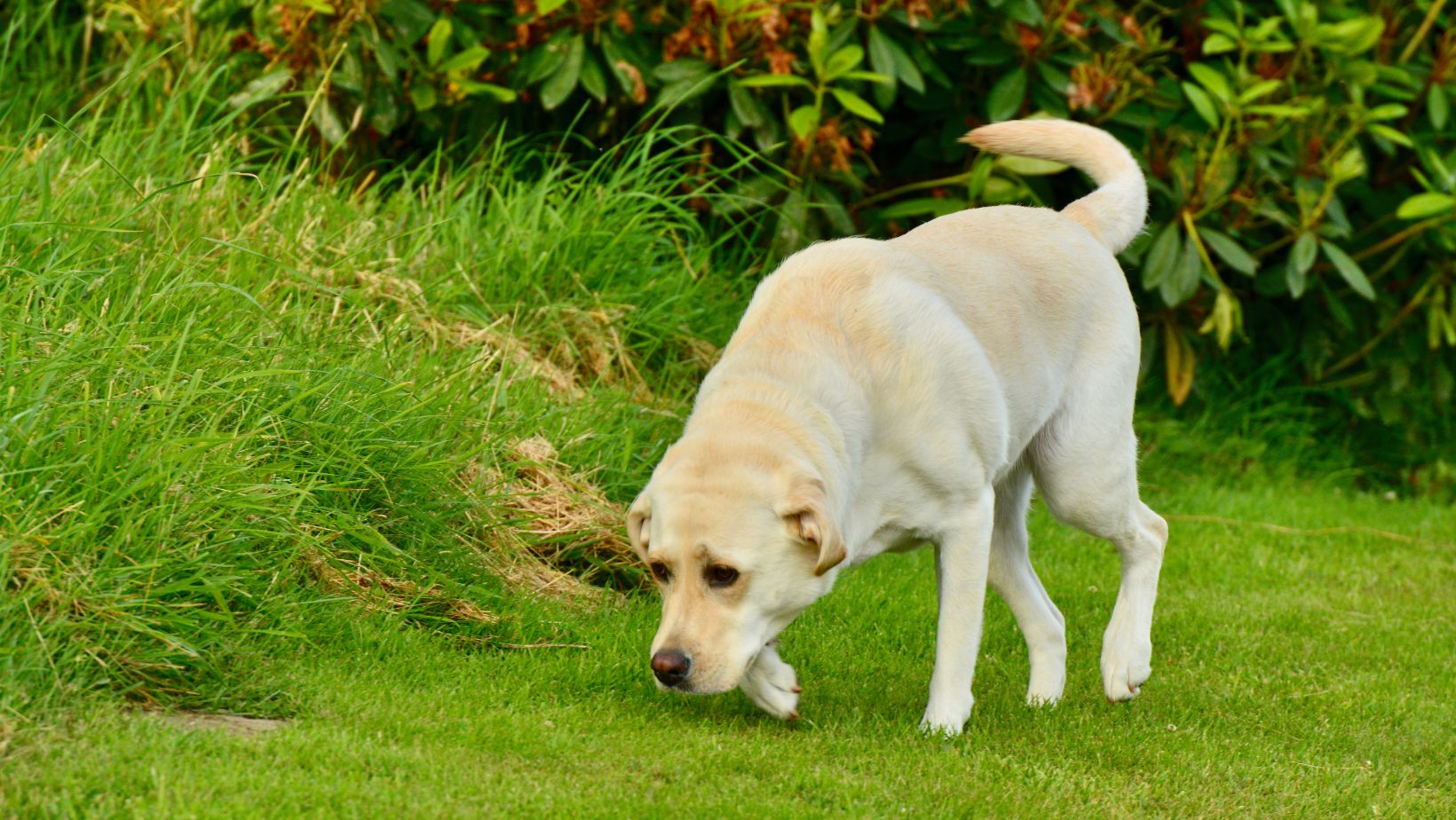How to Stop a Dog from Jumping
Are you struggling to prevent your Labrador from jumping all over you and your guests? In this article, I’ll share some effective techniques on how to stop a dog from jumping, specifically focusing on alternatives for Labradors. Jumping is a common behavior problem that can be both frustrating and potentially harmful. However, with the right approach and consistency, you can teach your Labrador alternative behaviors that are more appropriate and controlled.
Labradors are known for their exuberant nature and boundless energy, which often leads to jumping up on people as a way of greeting or seeking attention. To address this behavior, it’s important to understand why they jump in the first place. Labradors may jump out of excitement, boredom, or simply because they haven’t been taught an alternative behavior.
Rather than scolding or punishing your Labrador for jumping, which can confuse them further, it’s better to focus on redirecting their energy into more acceptable activities. One effective technique is teaching them a solid “sit” command. By consistently reinforcing this command with positive reinforcement such as treats or praise whenever your Labrador sits instead of jumping, they will start associating sitting with getting rewarded.
Teaching Labrador Retrievers Basic Obedience Commands
Labrador Retrievers are known for their intelligence and trainability. When it comes to teaching them basic obedience commands, consistency and positive reinforcement are key. By establishing a strong foundation of obedience, you can help your Labrador become a well-behaved and obedient companion.
Here are some effective techniques to teach your Labrador Retriever basic obedience commands:
- Start with the essentials: Begin by focusing on fundamental commands such as “sit,” “stay,” and “come.” These commands lay the groundwork for more advanced training later on. Use clear, concise verbal cues accompanied by hand signals to reinforce the desired behavior.
- Positive reinforcement: Labrador Retrievers respond well to positive reinforcement techniques like praise, treats, or toys. Reward your dog when they successfully follow a command. This positive association will motivate them to repeat the behavior in the future.
- Consistency is key: Be consistent with your training methods and expectations. Use the same verbal cues and hand signals consistently so that your dog can easily understand what you’re asking of them. Consistency helps prevent confusion and promotes faster learning.
- Short training sessions: Keep training sessions short but frequent, around 10-15 minutes several times a day. Labradors have bundles of energy, so breaking up training into smaller sessions helps maintain their focus and prevents boredom.
- Gradual progression: As your Labrador becomes proficient in one command, gradually introduce new ones while continuing to reinforce previously learned behaviors. Building upon their existing knowledge ensures steady progress in their obedience training.

Using Positive Reinforcement Techniques
When it comes to addressing the issue of a Labrador jumping, positive reinforcement techniques can be highly effective in modifying their behavior. Instead of resorting to punishment or negative training methods, focusing on positive reinforcement helps encourage desired behaviors and fosters a strong bond between you and your furry friend.
Here are some alternatives to jumping that utilise positive reinforcement:
- Teach an alternative behavior: Labradors are intelligent dogs who thrive on learning new commands. By teaching them an alternative behavior such as “sit” or “down,” you can redirect their energy and provide them with a more appropriate way to greet people. Whenever your Labrador remains calm and refrains from jumping, reward them with treats, praise, or affection.
- Use clicker training: Clicker training is a popular positive reinforcement technique that involves using a small device that makes a distinct clicking sound. Start by associating the clicker with rewards by clicking it and immediately offering treats to your Labrador. Once they understand this connection, use the clicker to mark and reinforce desired behaviors such as sitting politely instead of jumping.
- Reward calm behavior: Reinforce your Labrador’s calmness by rewarding them when they maintain all four paws on the ground during greetings or interactions with others. As soon as they refrain from jumping up, offer verbal praise or a treat to let them know they’ve made the right choice.
- Consistency is key: To effectively stop your Labrador from jumping, consistency is crucial. Ensure everyone in your household follows the same rules and reinforces positive behaviors consistently so that your dog understands what is expected of them.
- Seek professional help if needed: If you’re struggling with managing your Labrador’s jumping habit despite using positive reinforcement techniques, consider seeking assistance from a professional dog trainer or behaviorist who specializes in positive training methods. They can provide personalized guidance tailored specifically for you and your Lab’s needs.